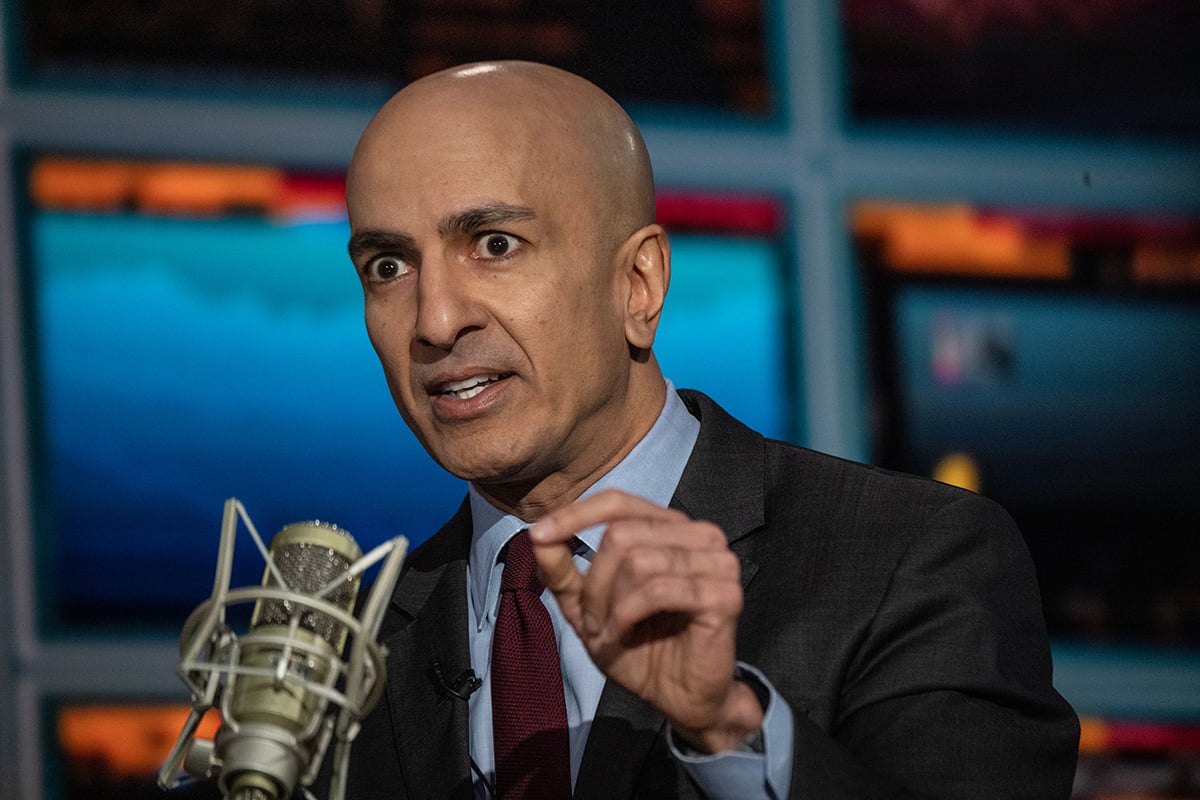If recent press reports are indicative, Federal Reserve Chairman Alan Greenspan's successor, Ben Bernanke, will likely face some skeptics, just as Greenspan did (amazing as that may seem today) in his first few years on the job. But imperfect transitions at the Fed have ended up working out rather well over the past quarter century. It's ancient history now–and few have reason to recall the event–but it may be instructive to note that Paul Volcker got off to a very shaky start as Federal Reserve chairman when in September 1979 he won a dangerously close 4-to-3 vote to hike the discount rate just six weeks into his tenure. And as president of the Federal Reserve Bank of New York for the four years before becoming chairman, he had been a Federal Open Market Committee insider.
Any veteran bond trader also probably recalls June 2, 1987–the day Volcker's resignation and Greenspan's appointment were simultaneously announced. That day the 30-year Treasury bond suffered one of its worst sell-offs ever–a 3.375-point free fall that pushed its yield up by more than 30 basis points. Like Volcker, Greenspan hit the ground running, pushing through a tightening of monetary policy after only three weeks on the job.
In sharp contrast, the news of Bernanke's nomination was greeted by a 169-point rally in stocks. For this more optimistic transition, Bernanke has his two predecessors to thank. By showing the ability of the Fed to wrestle and eventually beat firmly entrenched inflation, both Greenspan and Volcker restored confidence in the institution of the central bank. Greenspan also built credibility for his crisis management following the October 1987 stock market crash. But even after that feat, he still found it difficult at times to push through his vision for correct monetary policy. For instance, in February 1991, certain regional bank presidents protested cutting the federal funds rate 50 basis points. Sensitive to the bank presidents' grumblings about being left out of inter-meeting policymaking, Greenspan worked hard in the years immediately following to gain consensus for policy. Only midway through the maestro's tenure did that consensus appear a totally effortless orchestration.
Complete your profile to continue reading and get FREE access to Treasury & Risk, part of your ALM digital membership.
Your access to unlimited Treasury & Risk content isn’t changing.
Once you are an ALM digital member, you’ll receive:
- Critical Treasury & Risk information including in-depth analysis of treasury and finance best practices, case studies with corporate innovators, informative newsletters, educational webcasts and videos, and resources from industry leaders.
- Exclusive discounts on ALM and Treasury & Risk events.
- Access to other award-winning ALM websites including PropertyCasualty360.com and Law.com.
*May exclude premium content
Already have an account? Sign In
© 2024 ALM Global, LLC, All Rights Reserved. Request academic re-use from www.copyright.com. All other uses, submit a request to [email protected]. For more information visit Asset & Logo Licensing.







